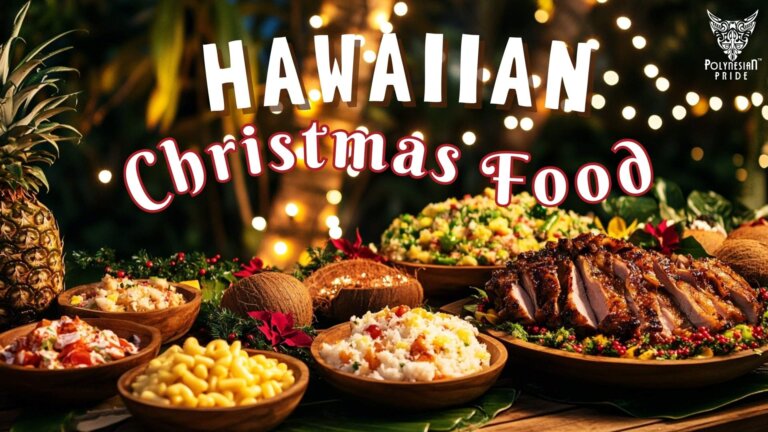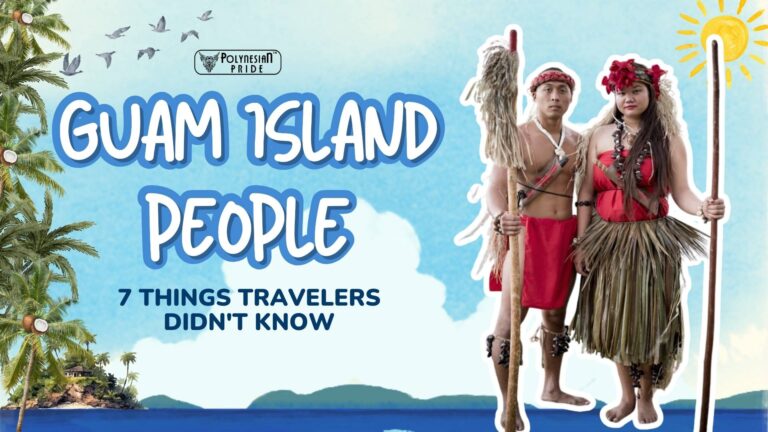Ohana Meaning: The Heart of Family and Belonging in Hawaiian Culture
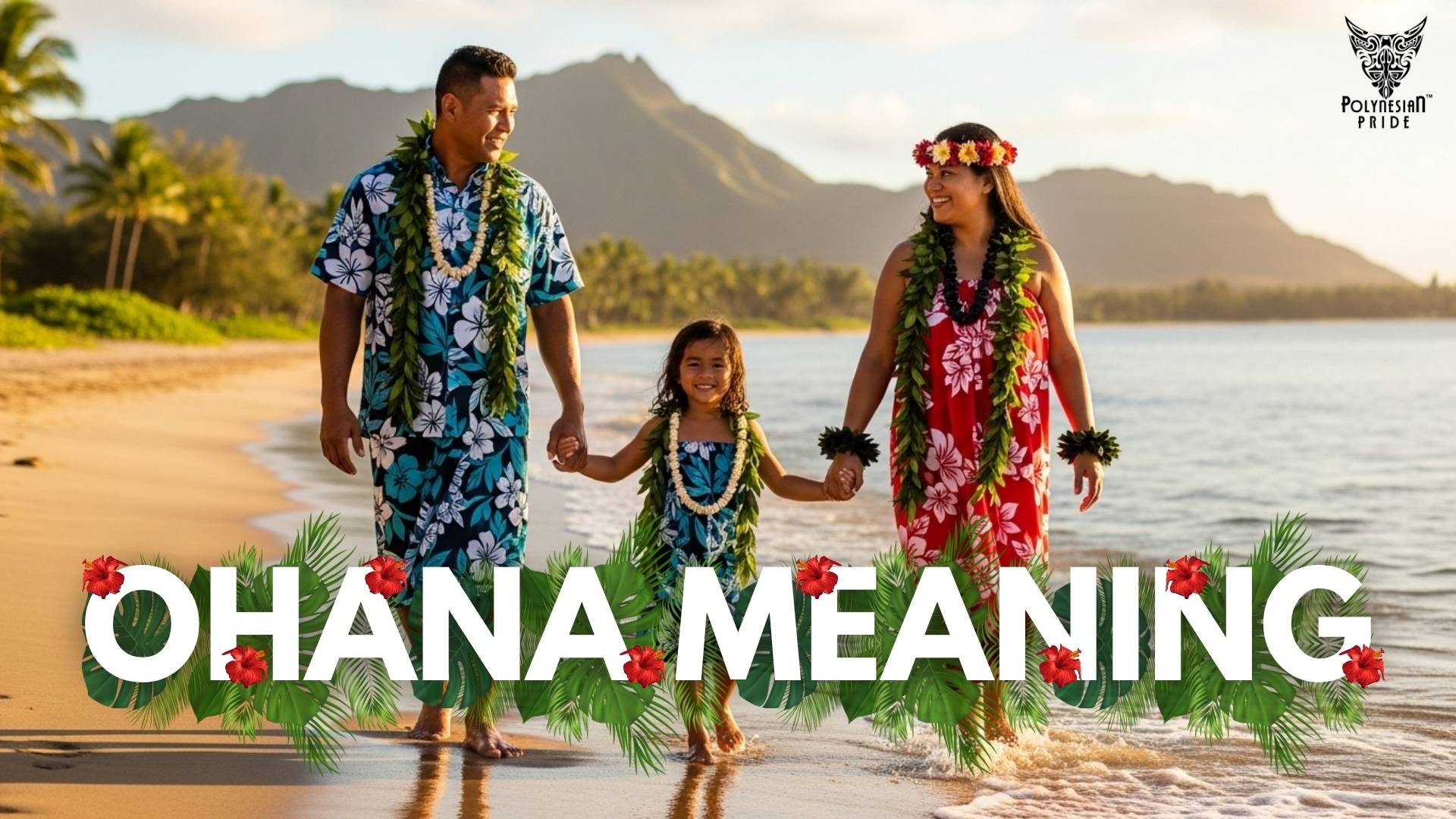
Why Travelers Keep Hearing “Ohana” in Hawaii
For anyone exploring Hawaii, one word seems to echo everywhere – ohana (pronounced oh-HAH-nah).
It appears on resort signs, café menus, and even T-shirts that say “Ohana means family.” Yet behind this simple phrase lies something far more profound than a marketing slogan; it’s the essence of what locals call the ohana meaning.
In Hawaii, ohana is the heartbeat of island life – a belief that true wealth lies in human connection. It represents kinship, care, and community, forming the foundation of Hawaiian culture.
For travelers, understanding the true ohana meaning reveals a side of Hawaii that extends far beyond its beaches and sunsets into the spirit of belonging, generosity, and love that defines everyday island life.
What does Ohana mean?
In Hawaiian, ‘ohana’ literally means family, but its true meaning extends far beyond bloodlines. It includes friends, neighbors, mentors, and anyone bound by love, respect, and shared responsibility.
The word ‘ohana’ comes from ‘ohā, the young shoot of the taro plant (kalo), a plant sacred in Hawaiian tradition. Taro is seen as the elder sibling of humankind, symbolizing nourishment and connection to the land (‘āina’).
Just as many shoots grow from one root, ohana represents how families expand and stay connected across generations – a reflection of ohana Hawaiian culture, where ancestry, respect, and responsibility intertwine.
To Hawaiians, caring for the land, honoring ancestors, and protecting one another are all part of the same family cycle.
In Hawaiian culture, ‘ohana’ means:
- A sense of belonging: everyone has a place, and no one is left behind.
- Loyalty and unconditional love: family, whether by blood or choice, stands together.
- Reciprocity and emotional connection: living with kindness, empathy, and shared responsibility.
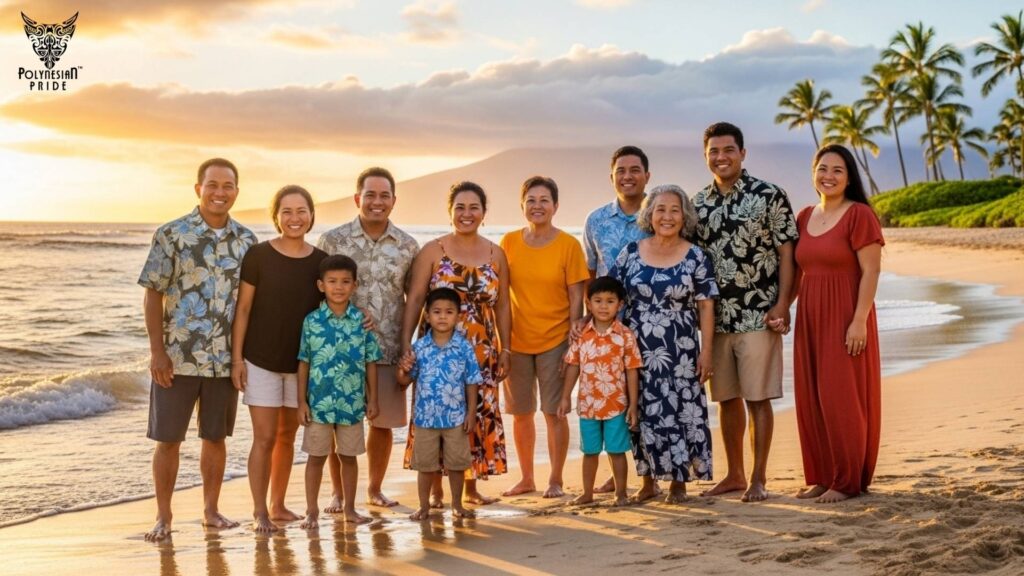
Ohana is not only about who you live with, it’s about how you live: with kindness, reciprocity, and deep emotional connection.
Living Aloha through ʻOhana
At the heart of Hawaiian identity lies the balance between two powerful ideas: Aloha and ʻOhana.
Though often heard separately, they are inseparable in meaning: Aloha is the feeling, while ʻOhana is the way that feeling is lived.
Aloha as the Heart
In Hawaii, Aloha is far more than a greeting. It embodies love, compassion, patience, and respect, the emotional current that flows through everyday life. It’s the reason why strangers exchange smiles, neighbors help one another, and visitors are welcomed with genuine warmth.
The “Aloha Spirit” is not just a phrase; it is literally written into Hawaii’s state law (Hawaii Revised Statutes §5-7.5), guiding residents to live with kindness, humility, and harmony. It is a moral compass that reminds everyone to treat others as family.
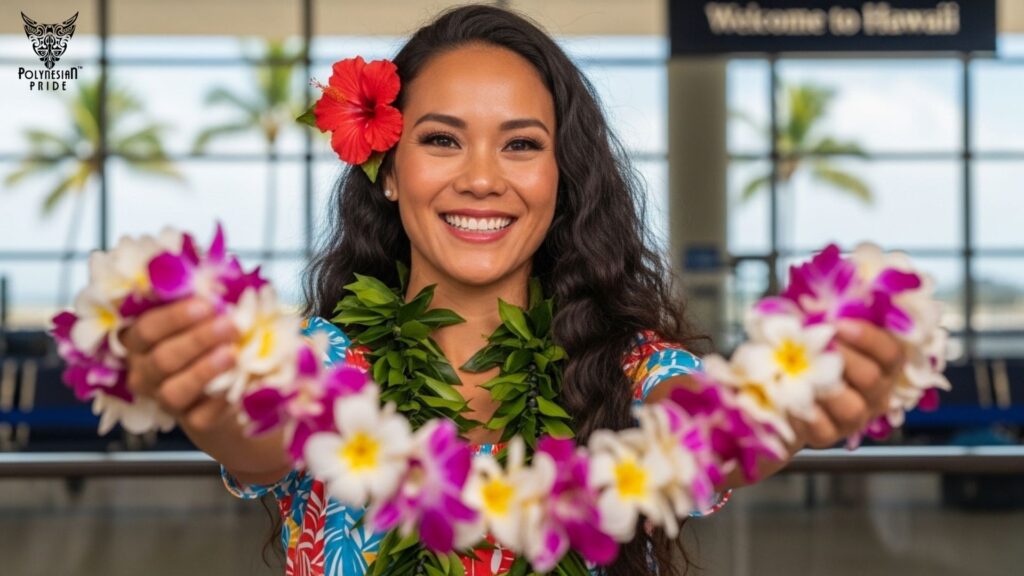
ʻOhana as the Living Expression of Aloha
If Aloha is the heart, ʻOhana is the hands that carry it out.
ʻOhana takes the emotional essence of Aloha and turns it into everyday action – caring for loved ones, supporting neighbors, protecting the land, and ensuring that no one is ever left behind. It’s Aloha in motion, visible in the way Hawaiians live, work, and celebrate together.
Through ʻOhana, Aloha transforms from a feeling into a way of life, serving as the spiritual foundation of Hawaii. This philosophy influences every smile, shared meal, and act of generosity.
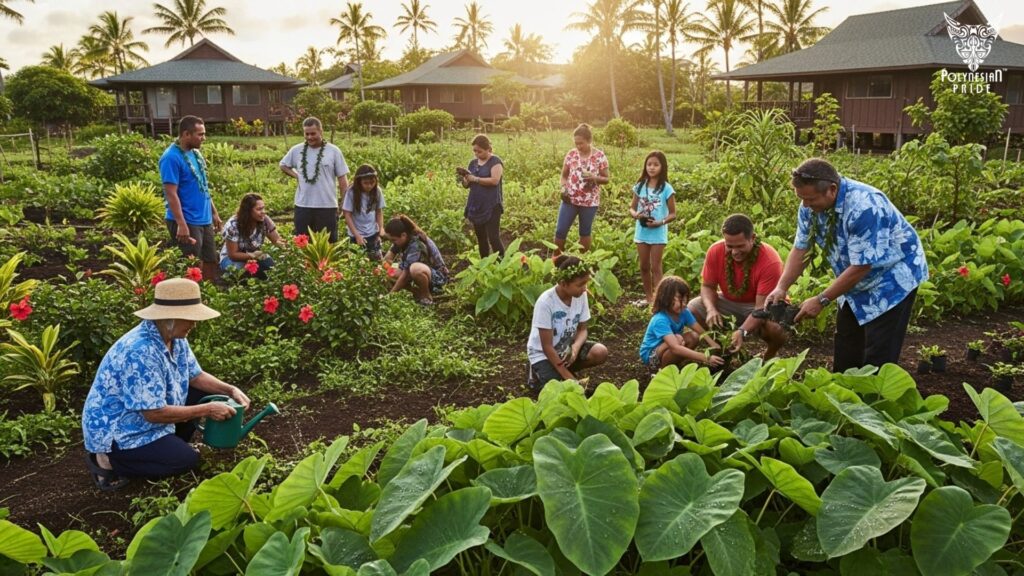
From Visitor to Family
For travelers, understanding the connection between Aloha and ʻOhana transforms their experience of the islands.
It encourages them to move beyond sightseeing to listen, to participate, and to build relationships rooted in respect. In Hawaii, you don’t just visit; you become part of the ʻOhana.
That is the true meaning of Aloha Spirit – love put into practice, and belonging shared with all.
How Locals Practice Ohana Every Day
Across Hawaii, the spirit of ohana shines through simple, everyday acts:
- Families cooking together during luaus or weekend barbecues.
- Elders sharing stories with children under the shade of mango trees.
- Neighbors helping one another fix a roof or harvest fruit.
- Communities uniting in celebration or rebuilding after a storm.
These gestures are not obligations – they’re natural expressions of ohana. They remind locals and visitors alike that life is better when shared.
In traditional ʻohana, elders (kūpuna) are honored as sources of wisdom, and children (keiki) are raised by the whole family, reflecting the belief that everyone shares responsibility for the next generation.
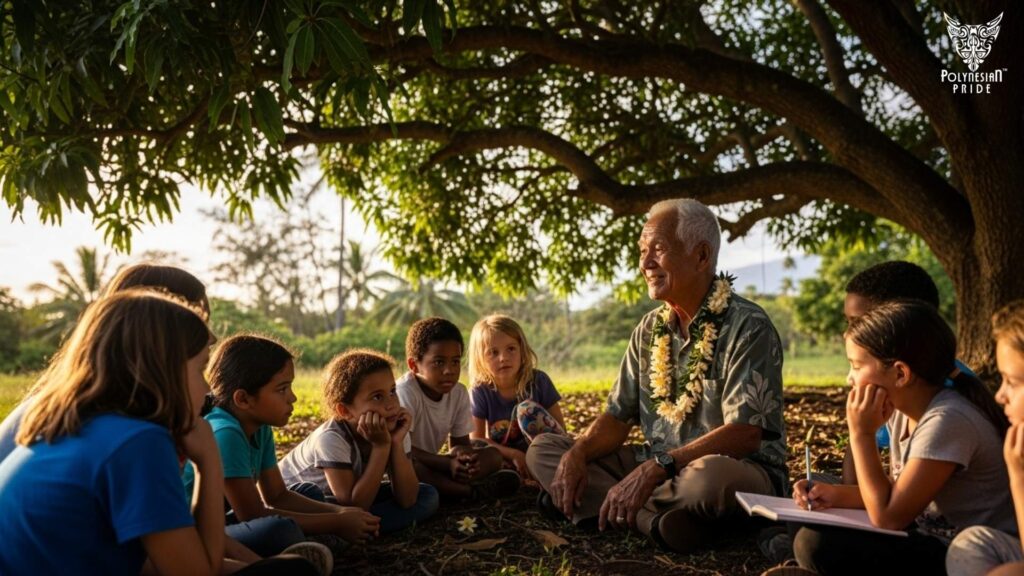
How Visitors Can Feel Ohana Daily
Visitors to Hawaii often feel ohana long before they fully understand it.
From the smiles of local shop owners to the laughter shared at sunset luaus, connection happens naturally.
Each genuine moment of kindness, a wave, a shared meal, a simple “aloha” – is an invitation into the island’s extended family.
You don’t have to seek ohana in Hawaii; it finds you.
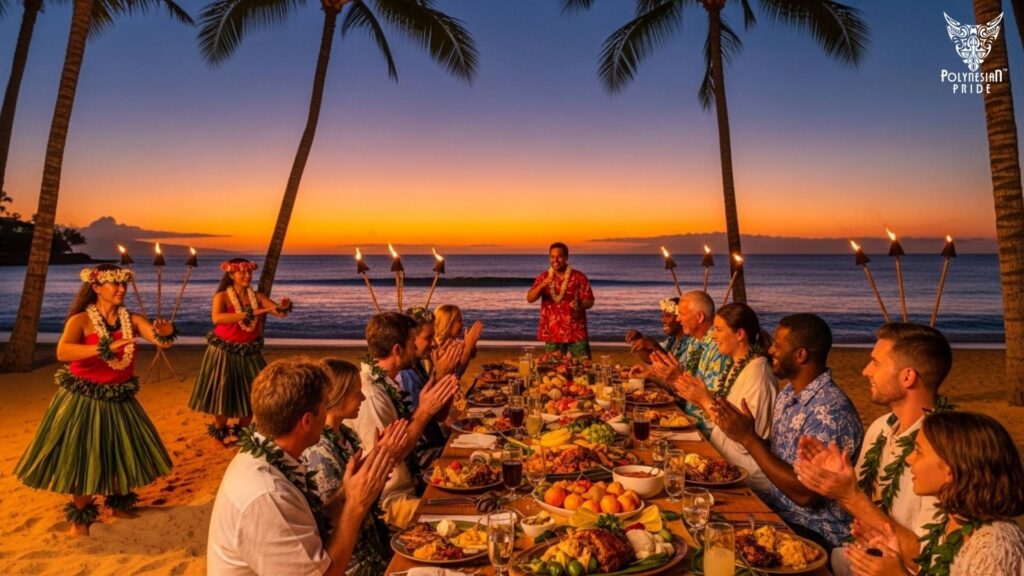
Ohana in “Lilo & Stitch” and Global Awareness
Many people first heard the phrase “Ohana means family” through Disney’s Lilo & Stitch. That single line – “Family means nobody gets left behind or forgotten” – touched hearts worldwide and introduced millions to Hawaiian values.
While simplified for film, the message captures the essence of ohana: compassion, inclusion, and belonging. It became a window through which the world could glimpse the kindness that defines Hawaiian culture.
Ohana in Festivals, Dance, and the Arts
Music, dance, and celebration are essential parts of Hawaiian culture, each shaped by the values of ohana.
Highlights of cultural expression:
- Music & Dance: Heartfelt forms of storytelling that connect families and preserve heritage.
- Hula: The signature Hawaiian dance that embodies movement, poetry, and history, often performed in groups that function like extended families.
- Traditional Instruments: Drums and ukuleles set the rhythm that mirrors the heartbeat of ohana.
- Cultural Festivals: The Merrie Monarch Festival and local Aloha Week events celebrate family, creativity, and community unity.
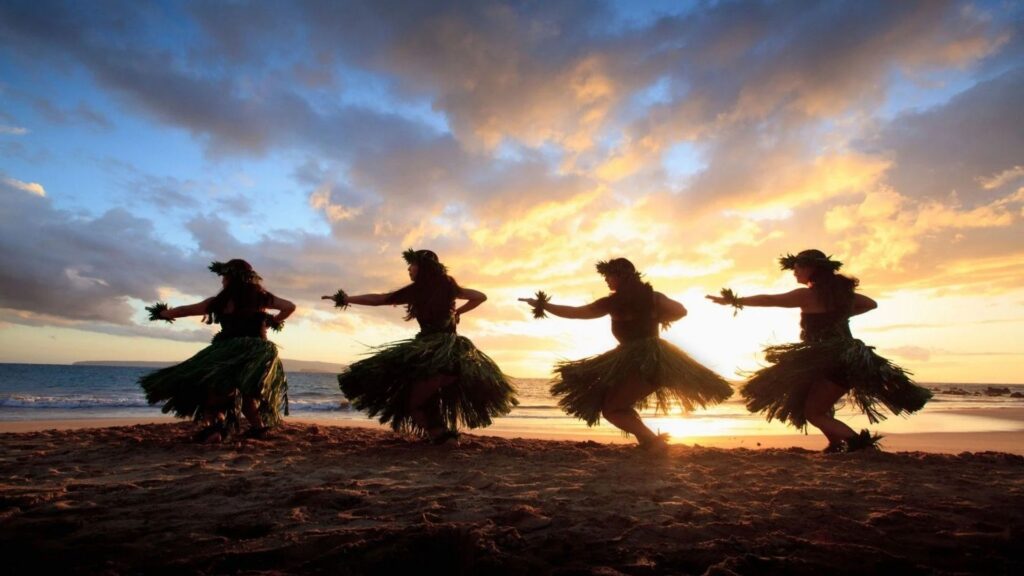
For visitors, joining these festivals offers more than entertainment; it’s a way to feel the pulse of Hawaii’s living heritage.
Ohana in Cuisine and Shared Traditions
Hawaiian traditional food is another expression of ohana – a way to nourish both body and soul.
- Luau feasts bring families and travelers together over roasted pig, taro, and tropical fruit.
- Favorite local dishes: poke, lau lau, and kalua pork – all made and shared communally.
- Family-owned restaurants and cafés uphold this spirit by treating guests like relatives, not customers.
In every shared plate and every laugh around the table, the meaning of ohana comes alive – reminding everyone that connection is the authentic flavor of Hawaii.
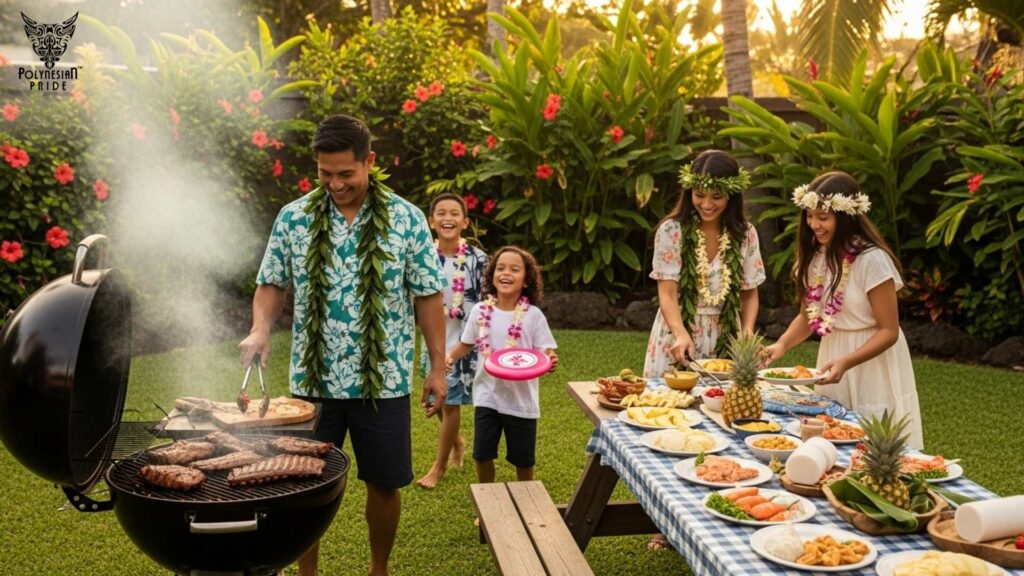
Ohana in Modern Tourism and Community Life
As tourism expanded, ohana became a symbol of Hawaiian hospitality. Many hotels and tour guides use the word sincerely to encourage guests to feel part of something larger.
Still, the authentic ohana spirit thrives most strongly in local communities. Family-run lodges, cultural centers, and eco-tours invite travelers to contribute to, rather than consume, Hawaiian life.
When visitors respect traditions, support local families, and give back to the land, they help sustain the balance that keeps ohana strong for future generations.
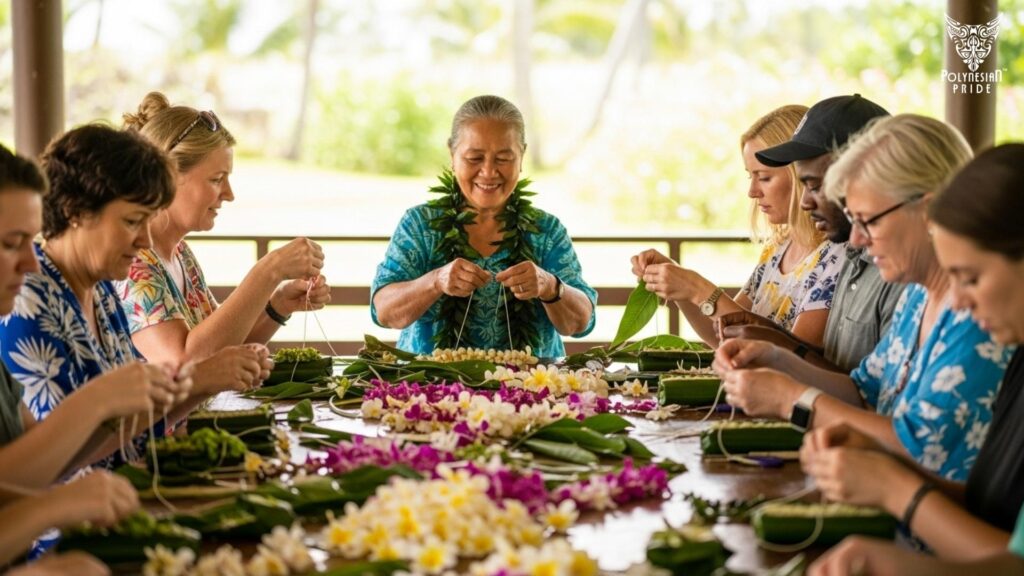
The concept of ohana continues to shape modern Hawaiian life — not just in culture, but even in architecture. Many homes include a “ʻohana unit” — a small attached space built for an extended family. Whether in neighborhoods, schools, or workplaces, the idea remains the same: people care for one another as family, beyond formal roles or expectations.
Ohana in Action: Resilience and Community Strength
Facing Modern Challenges Together
Hawaii faces many modern challenges, including rising living costs, climate change, and the pressures of overtourism. Yet, through it all, the strength of ohana keeps communities united.
Rather than being a mere cultural term, ohana becomes a practical guide for survival and support in daily island life.
When Crisis Strikes: Ohana in Motion
During difficult times — whether it’s a volcanic eruption or the 2023 Maui wildfires, the islands move as one.
- Families open their doors to strangers.
- Churches transform into community kitchens.
- Local restaurants provide free meals to those in need.
- Volunteers from neighboring islands travel to help rebuild.
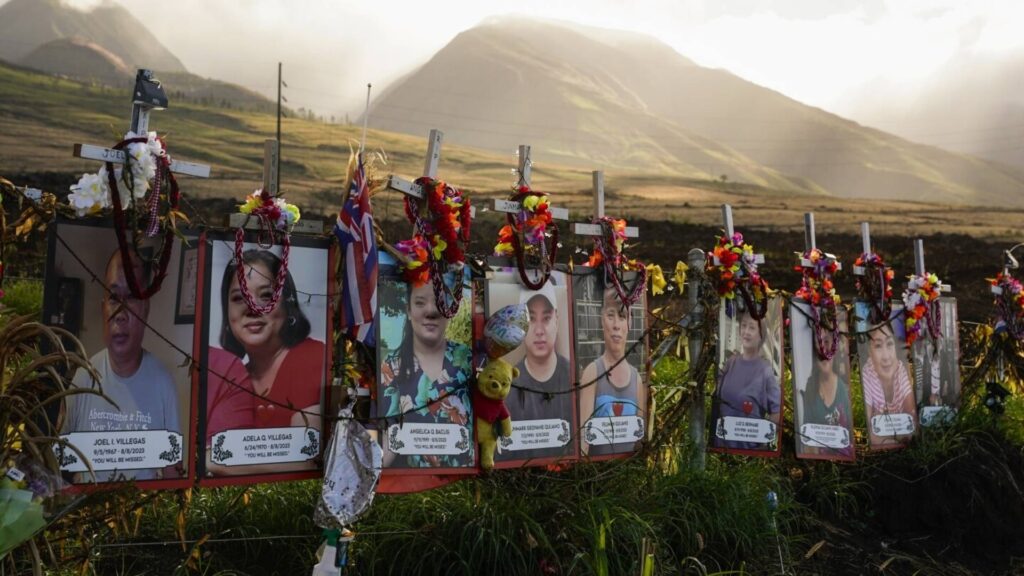
Each act reflects the living spirit of ohana, compassion, generosity, and a shared responsibility to uplift one another.
The Heart of Hawaiian Resilience
This unity proves that ohana is not confined to ancestry or heritage; it’s an evolving practice of empathy and social responsibility.
Through shared care, Hawaiians rebuild homes, heal hearts, and strengthen the bonds that define their identity.
True resilience, in Hawaii’s eyes, grows not from strength alone but from connection – family in all its forms.
Lessons for the World
The Hawaiian approach to ohana offers a timeless message: When people act as one family, no challenge is too great to overcome.
For travelers, witnessing this resilience firsthand reveals that ohana is more than a word; it’s a living example of how kindness can hold entire communities together.
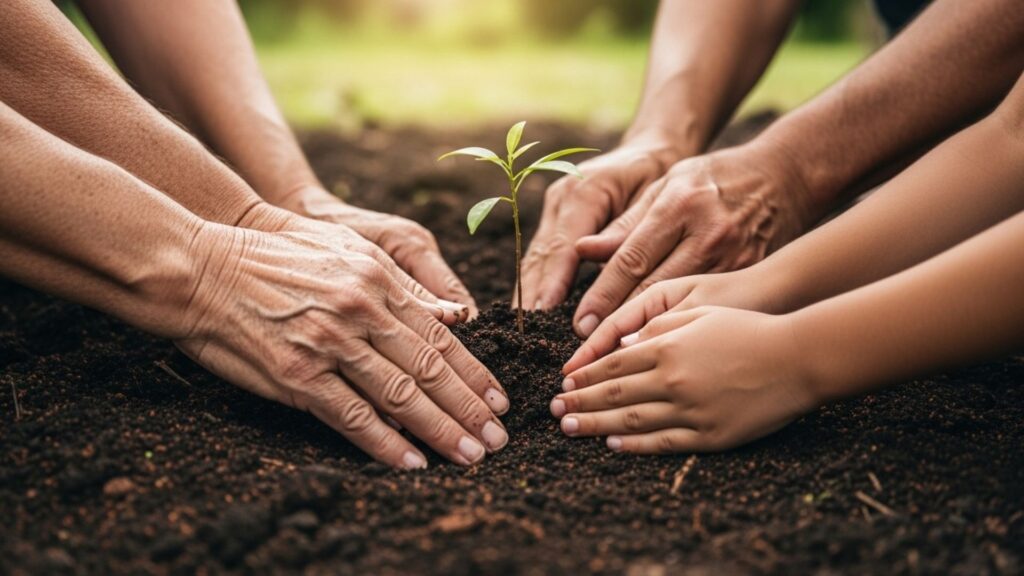
Experiencing Ohana as a Traveler
To truly embrace ohana, travelers can:
- Stay at locally owned accommodations.
- Support Hawaiian artisans and small shops.
- Participate in cultural workshops or farm visits.
- Practice responsible tourism by protecting beaches and reefs.
- Approach locals with humility, curiosity, and aloha.
These small acts create big connections, transforming a simple vacation into a meaningful exchange rooted in respect and friendship.
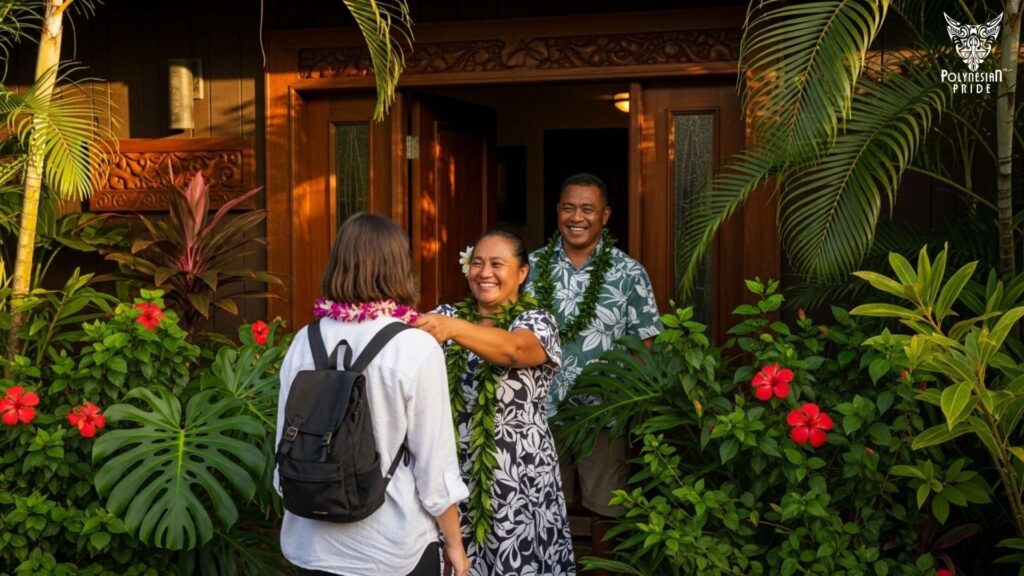
Embracing the Spirit of Ohana
The true ohana family meaning reaches far beyond its literal translation. It’s the living heart of Hawaiian culture, a reminder that life is richest when shared.
For travelers, to experience ohana is to feel the genuine warmth that defines Hawaii: the open doors, the shared laughter, and the belief that no one is ever truly alone.
As the sun dips below the horizon and island breezes whisper through the palms, remember that if someone greets you with kindness and makes you feel at home, you’ve already experienced the spirit of ohana.
FAQs About Ohana Meaning
1. What does ohana mean in Hawaiian culture?
‘Ohana’ means family – not just by blood, but through love, compassion, and shared responsibility within the community.
2. Is ohana the same as aloha?
Not exactly. Aloha expresses love and kindness, while ohana represents the family and friendships built on that love.
3. How can travelers experience ohana?
Join local events, volunteer, or stay with family-run businesses – where ohana is lived, not just spoken.
4. Is ohana only used in Hawaii?
Outside Hawaii, it’s often used to mean “chosen family,” but its cultural roots and depth come from Hawaiian heritage.
5. What is the origin of the word ohana?
It comes from ohā, the shoot of the taro plant, symbolizing that all family members grow from the same root.

I am a cultural historian and editor with over 10 years of research into pre-contact Polynesian history, the Lapita migration, and oral traditions. Share the excitement of my latest publications.
My contact:
Email: [email protected]
Tel: +64 21 456 7890

